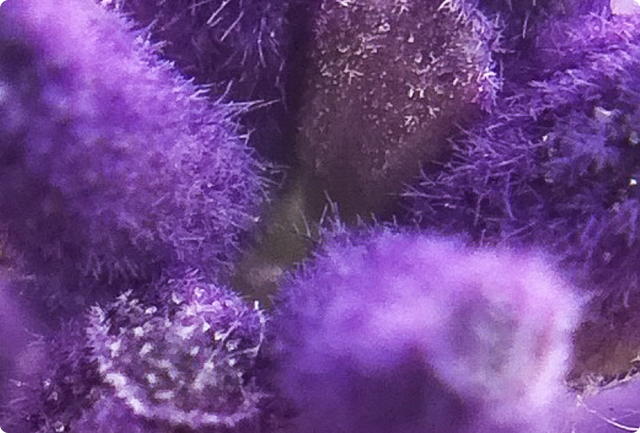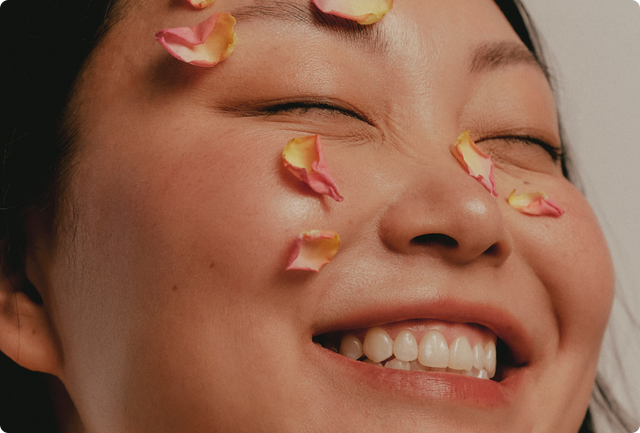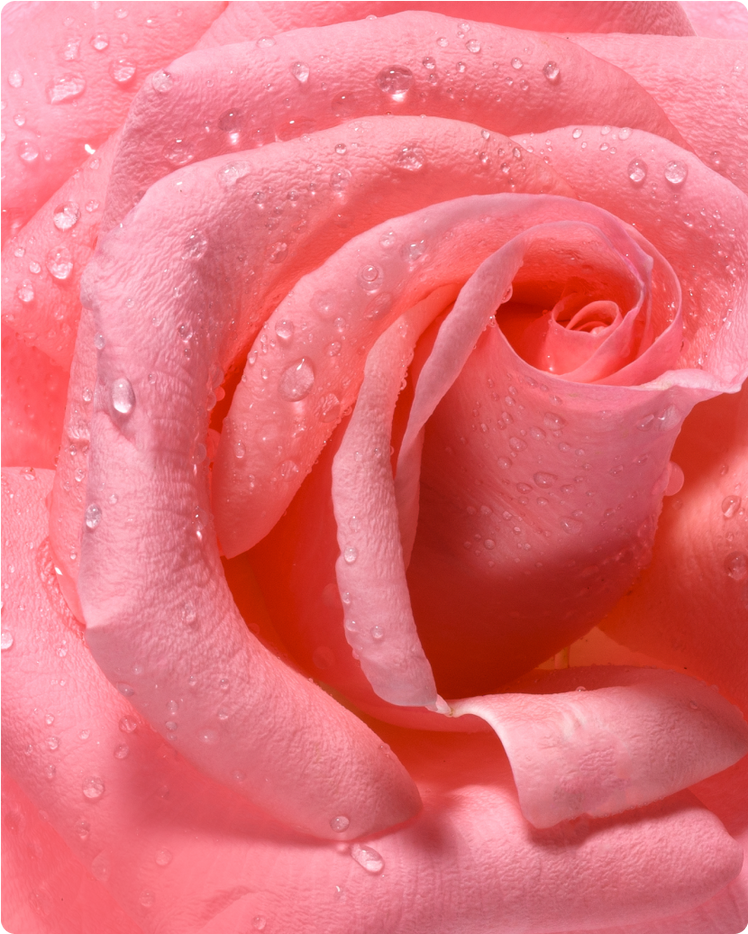About the Oil
Steam-distilled from the delicate petals of Rosa damascena and Rosa centifolia, rose essential oil is cherished for its soft, floral aroma and therapeutic versatility. Often referred to as the "queen of essential oils," rose’s aromatic profile is simultaneously calming and uplifting, making it a beloved addition to skincare rituals, emotional wellness practices, and soothing massage blends.
The oil contains over 300 compounds, including citronellol, geraniol, and nerol, which contribute to its antioxidant, antimicrobial, and emotionally balancing effects. Its luxurious scent and powerful properties have made it a staple in both ancient traditions and modern self-care.
Why You Would Use Rose Essential Oil
- To support emotional balance and reduce stress and anxiety
- As a natural antioxidant to nourish and restore the skin
- To provide antimicrobial protection in topical applications
- For heart-opening rituals and meditative practices
- To soothe symptoms of hormonal imbalance and menstrual discomfort
Clinical Findings
| Study | Participants & Methods | Key Results | Reference |
|
Effects on Depression & Anxiety |
28 postpartum women received 15-minute aromatherapy sessions with rose and lavender twice weekly for 4 weeks |
Significant decrease in anxiety and depression scores following treatment |
Hongratanaworakit, 2009 |
|
Physiological Relaxation |
Healthy volunteers inhaled rose oil aroma while monitoring autonomic markers |
Observed reductions in breathing rate, blood oxygen saturation, and blood pressure; participants reported increased calmness |
Hongratanaworakit, 2009 |
|
Antibacterial Effects |
In vitro analysis of rose oil’s impact on bacterial strains |
Demonstrated activity against Staphylococcus aureus, Escherichia coli, and Pseudomonas aeruginosa |
Hajhashemi et al., 2010 |
|
Menstrual Pain & Anxiety |
Female students underwent rose oil aromatherapy during menstruation |
Reported significant relief from menstrual cramps and anxiety compared to control |
Igarashi, 2013 |
Behind The Science
Rose essential oil’s complexity lies in its wide-ranging chemistry—particularly its high levels of monoterpenes and alcohols like geraniol and citronellol. These constituents interact with the olfactory system to modulate the limbic brain, influencing mood, stress responses, and hormone regulation.
On a physical level, rose oil’s antioxidant capacity helps neutralize free radicals, while its antimicrobial actions can inhibit a variety of bacterial and fungal pathogens. Its ability to modulate neurotransmitters and endocrine function makes it an important ally for emotional wellness and hormonal balance.
How and Where It Grows
Roses cultivated for essential oil are primarily grown in Bulgaria, Turkey, Iran, and Morocco. The harvesting of petals must be done at dawn when their aromatic compounds are at peak concentration. Steam distillation of these fresh petals yields one of the most precious and concentrated essential oils—requiring nearly 60,000 blossoms to produce a single ounce.
Use in Ancient Medicine
Roses have long been associated with love, beauty, and healing. In Traditional Persian and Ayurvedic medicine, rose was used to balance the heart and mind, relieve inflammation, and promote spiritual well-being. Its application extended from perfumery and culinary arts to rituals of purification and emotional harmony.
Symbolism
Rose symbolizes unconditional love, compassion, and divine femininity. Its aroma is said to open the heart chakra and inspire vulnerability, intimacy, and emotional renewal. Rose encourages gentleness with oneself and others—inviting a state of grace, trust, and soulfulconnection.
INFORMATION provided is intended for informational purposes only and is not meant to diagnose, treat, cure, or prevent any disease. Statements have not been evaluated by Health Canada or the FDA. Please consult a qualified healthcare provider before using essential oils for therapeutic purposes.
References
- Demirel S. (2022). Medical Evaluation of the Antimicrobial Activity of Rose Oil on Some Standard Bacteria Strains and Clinical Isolates. Alternative therapies in health and medicine, 28(6), 52–56.
- Hongratanaworakit, T. (2009). Physiological effects in aromatherapy. Natural Product Communications, 4(2), 291–296.
- Hajhashemi, V., Ghannadi, A., & Sharif, B. (2010). Antibacterial and antifungal activities of Rosa damascena essential oil. Clinical Biochemistry, 43(10), 844–846.
- Igarashi, T. (2013). Physical and psychologic effects of aromatherapy inhalation on pregnant women. Journal of Alternative and Complementary Medicine, 19(9), 760–765.
- Sienkiewicz, M., et al. (2011). The antimicrobial activity of essential oils. Molecules, 16(8), 7078–7087.
- Rosa Damescana: A review of its conventional uses Phytochemistry and Pharmacology Global Academic Journal of Agriculture and Bio sciences, 54, 61-67.
- Bahareh Mahdood, Behzad Imani, Salman Khazaei, Effects of Inhalation Aromatherapy With Rosa damascena (Damask Rose) on the State Anxiety and Sleep Quality of Operating Room Personnel During the COVID-19 Pandemic: A8. 9. Randomized Controlled Trial, Journal of PeriAnesthesia Nursing, Volume 37, Issue 4, 2022,Pages 493-500, ISSN 1089-9472.
- Boskabady, M. H., Shafei, M. N., Saberi, Z., & Amini, S. (2011). Pharmacological effects of rosa damascena. Iranian journal of basic medical sciences, 14(4), 295–307.
- Mokhtari, R., Ajorpaz, N. M., Abdi, K., & Golitaleb, M. (2023). The effects of Rosa damascene aromatherapy on anxiety and sleep quality in burn patients: A randomized clinical trial. Burns : journal of the International Society for Burn Injuries, 49(4), 973–979. https://doi.org/10.1016/j.burns.2022.07.017








